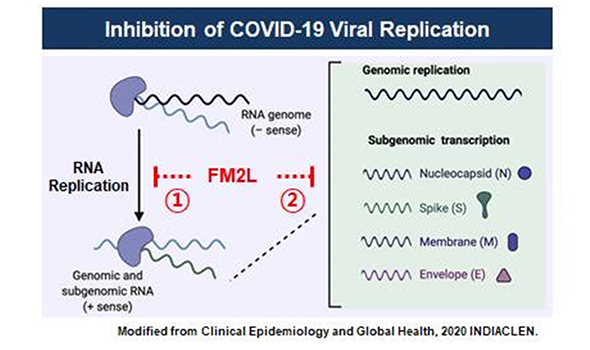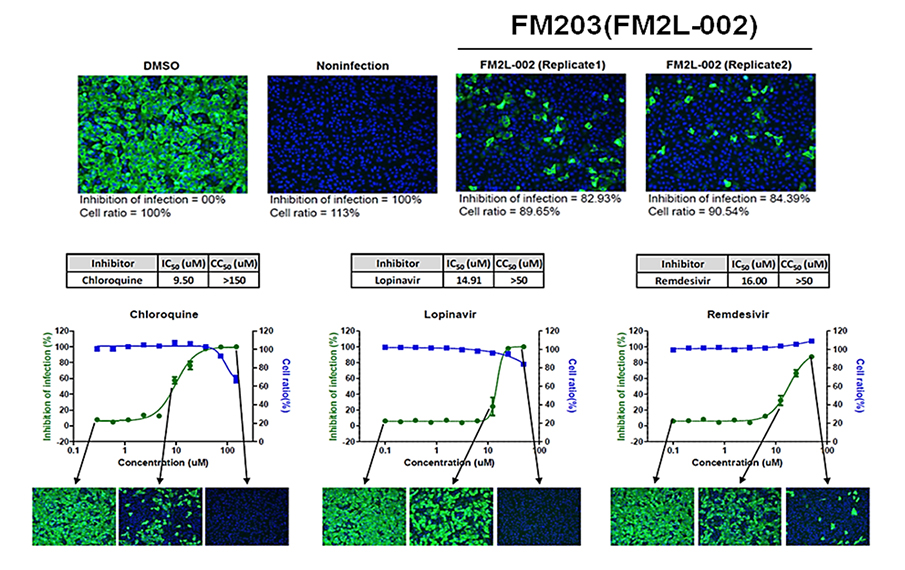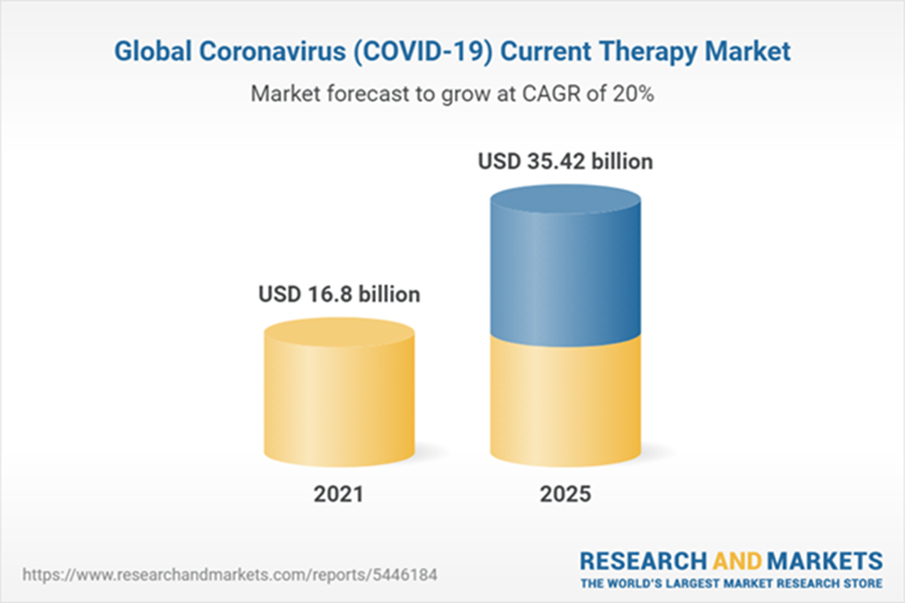Pipeline detail
FM203
| Classification | Description |
|---|---|
| FM203 |
|
| Indication |
|
| Unmet Needs |
|
| Mechanism of Action |
|
| Efficacy |
|
| Market |
|
Coronavirus is a virus that causes respiratory illness in humans and animals. When infected with COVID-19, various symptoms appear after an incubation period of 2 to 3 days to a maximum of 2 weeks. Mainly, symptoms are lethargy, high fever of 37.5 degrees or higher, cough, sore throat, phlegm, muscle pain, headache, shortness of breath, and pneumonia. Respiratory failure due to COVID-19 lung damage can lead to death in severe cases.
In the absence of an appropriate or effective antiviral treatment specific to COVID-19, FDA-approved remdesivir was used as a prescription drug and based on evidence in ACTT-1 clinical trials that significantly shortened the recovery period from the disease. However, there is a high demand for the development of new drugs because there is no clear therapeutic benefit for reducing mortality in severe corona patients.
Preventing disease improvement in high-risk patients with severe COVID-19 remains a huge unmet medical need, and treatments such as GSK's Xevudy and Eli&Lilly's bamlanivimab are being prescribed as treatments that can partially address this demand. However, since these drugs are ineffective against mutant viruses such as Omicron and require intravenous administration, the demand for treatments that can be administered orally and exhibit high antiviral effects is still high.
Inhibition of viral replication by
-
Inhibiting RNA-dependent RNA Polymerase :
Enzyme responsible for the viral replication
-
Inhibiting S-Adenosyl L-Homocysteine Hydrolase :
Enzyme responsible for protein synthesis required during viral replication



- Confirmation of FM203 competitiveness through HTS using SARS-CoV-2 infection model (Vero Cell)



- Compound annual growth rate: 20 %
- Global COVID-19 Market size: 35.42b$ by 2025







